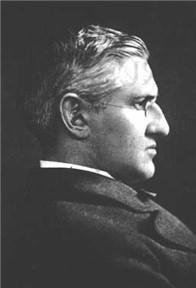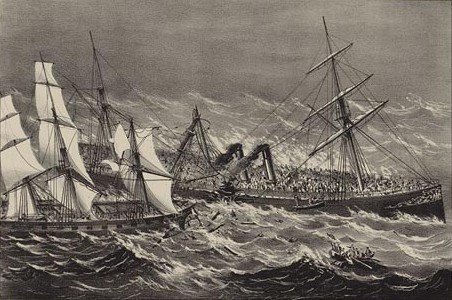“It Is Well With My Soul” is a hymn penned by hymnist Horatio Spafford and composed by Philip Bliss. First published in Gospel Songs No. 2 by Ira Sankey and Bliss (1876), it is possibly the most influential and enduring in the Bliss repertoire and is often taken as a choral model, appearing in hymnals of a wide variety of Christian fellowships.

This hymn was written after traumatic events in Spafford’s life. The first two were the death of his four-year-old son and the Great Chicago Fire of 1871, which ruined him financially (he had been a successful lawyer and had invested significantly in property in the area of Chicago that was extensively damaged by the great fire). His business interests were further hit by the economic downturn of 1873, at which time he had planned to travel to Europe with his family on the SS Ville du Havre.

In a late change of plan, he sent the family ahead while he was delayed on business concerning zoning problems following the Great Chicago Fire. While crossing the Atlantic Ocean, the ship sank rapidly after a collision with a sea vessel, the Loch Earn, and all four of Spafford’s daughters died. His wife Anna survived and sent him the now famous telegram, “Saved alone …“. Shortly afterwards, as Spafford travelled to meet his grieving wife, he was inspired to write these words as his ship passed near where his daughters had died. Bliss called his tune Ville du Havre, from the name of the stricken vessel
Added by



Comments are off this post